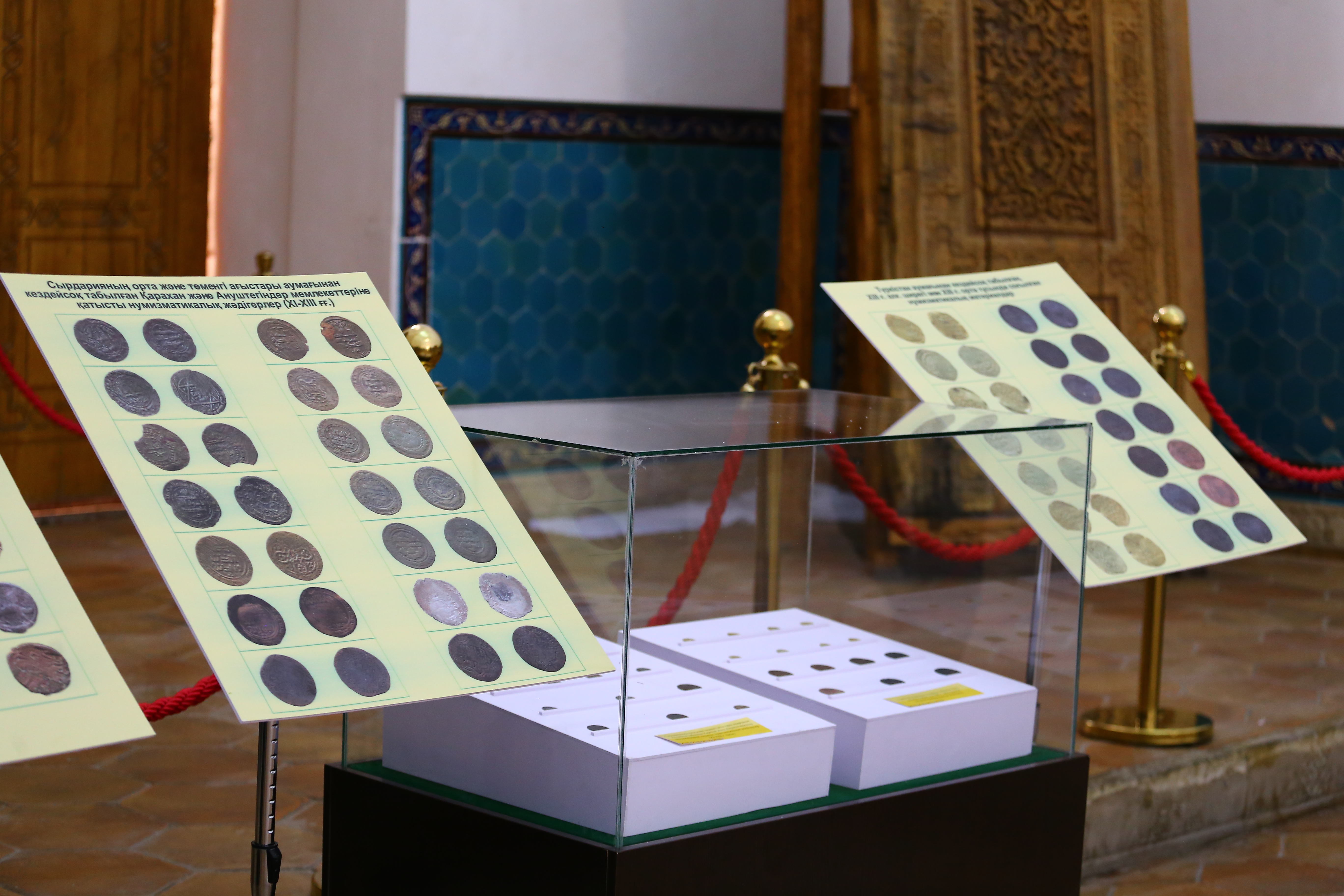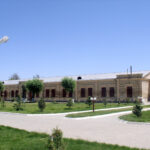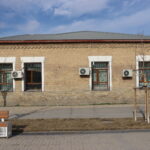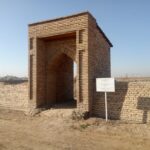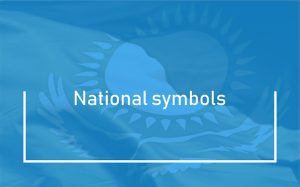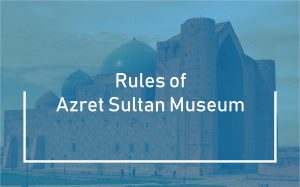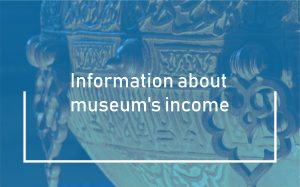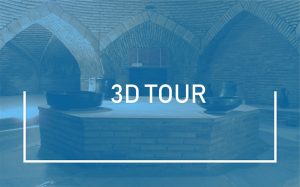The exhibition «Нistory of Turkіstan on Numismatic materials» (from the early Middle Ages to the XIV century) was opened on November 15-the day of the national currency — tenge, organized by the state historical and Cultural Reserve Museum «Azret Sultan».
Acting director of the Reserve-Museum Yersin Tazhibayev opened the exhibition with a congratulatory speech, telling about the circulation of money in the territory of Turkistan and presenting a collection of exhibits full of new facts for researchers of the history of the region.
-Every year, an exhibition on various topics is organized from the fund of numismatic exhibits of the Azret Sultan museum-reserve, dedicated to the day of the national currency. Today we present to your attention the exhibition «History of Turkistan on Numismatic materials». The exhibition includes Numismatic exhibits that tell about the material, social, political and spiritual life of the region in various historical periods, based on the materials collected in the museum’s funds. The museum-reserve «Azret Sultan» has about 26 thousand exhibits, of which 14137 belong to Numismatic heritage. Each heritage has its own historical significance, corresponding to its own period.
The purpose of the exhibition is to highlight the historical significance of the city of Turkistan, which has always been a sacred place for the Turkic people on the basis of numismatic materials collected in the museum’s funds, and to glorify the importance of one of the most important elements of the sovereignty of Kazakhstan, the messenger of our independence — tenge.
I congratulate you on the opening of the exhibition, which is full of historical knowledge and content!»,- said Yersin Botabayevich.
The exhibition presents the oldest Numismatic relic found in Turkistan – bronze coins minted during the reign of King Khuvishka I, the Ruler of the Kushan Kingdom in the second century BC, gold dinars minted in Samarkand under the name of Genghis Khan, the only example of which is known in the world, silver dirhams and copper Felts of Chagatai Ulus, which can clarify the meaning of life at the Yasi-Kultobe monument, coins that can help to clarify where the south-eastern border of the Golden Horde state passes, and other materials that play an important role in the study of the history of the region.
The exposition is divided into 5 sections.
The first section contains early medieval numismatic materials found during archeological excavations in the Turkistan oasis (II-VIII centuries);
The second section contains numismatic materials related to the Karakhanid and Anushtegin states, which were accidentally found in the middle and lower reaches of the Syr Darya (XI-XIII centuries);
In the third section, Numismatic materials found accidentally in the territory of Turkistan, minted in the first quarter of the XIII century and the middle of the XIII century;
The fourth section contains the money of the Chagatai ulus found during archeological excavations in ancient Turkistan;
The fifth section contains pools and Money of the Golden Horde state, characteristic of the XIV century, accidentally discovered on the territory of Turkistan.
It is known that the Kazakh peninsula has been a «bridge» connecting the west and the east since ancient times. All the most important routes of the Great Silk Road connecting East and West, one of the first links that formed trade relations between humanity, crossed the Kazakh steppe.
— «The fact that ancient Yasi-Turkistan was one of the most important points along this road is confirmed by Numismatic materials found during continuous archaeological excavations at the historical monuments of Yasi-Kultobe, medieval Turkistan.
Today, numismatic achievements of the early middle ages and the twentieth century, and the discovery of random coins found as a result of excavations of ancient Turkistan by archaeologists of Kazakhstan can provide a significant amount of materials that can allow us to study the trade, religious, spiritual and political situation in the region,-said Nurzhamal Ashirbayeva, head of the fund’s storage department.»
The opening of the exhibition was attended by historians and scientists, representatives of the intelligentsia, students and schoolchildren, museum staff.
The exhibition «History of Turkistan on numismatic materials» will be presented for a month.
The press service of the state historical and cultural reserve-museum «Azret Sultan»

